The Page Act (1875): What is it? Why is it important?

OBJECTIVES: Explain what the Page Act (1875) did and give reasons for its passage. Show how the Page Act set the stage for the passage of the Chinese Exclusion Act in 1882. Describe ways in which the Page Act affected the lives of Chinese here already and contributed to stereotypes about Asian women that have […]
The Massacre at Rock Springs, Wyoming – September 2, 1885

OBJECTIVES: Students will learn that Chinese who came to America faced discrimination in many ways that included many acts of violence. Students will be able to show that the resistance to these kinds of acts were met by resistance through the legal system and diplomatically. Students will make the connection between the prejudice shown towards […]
Journey of Lola Gong: An Angel Island Story
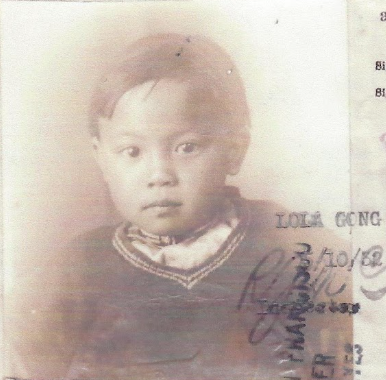
Students will be able to: Explain details about the consequences of the Chinese Exclusion Acts, i.e., what it said about citizenship and about leaving the U.S. and returning. Describe the processes at Angel Island to determine if someone was eligible for entry into the U.S. Explain how and why the exclusion laws ended during World […]
Through Chinatown Eyes, April 1968
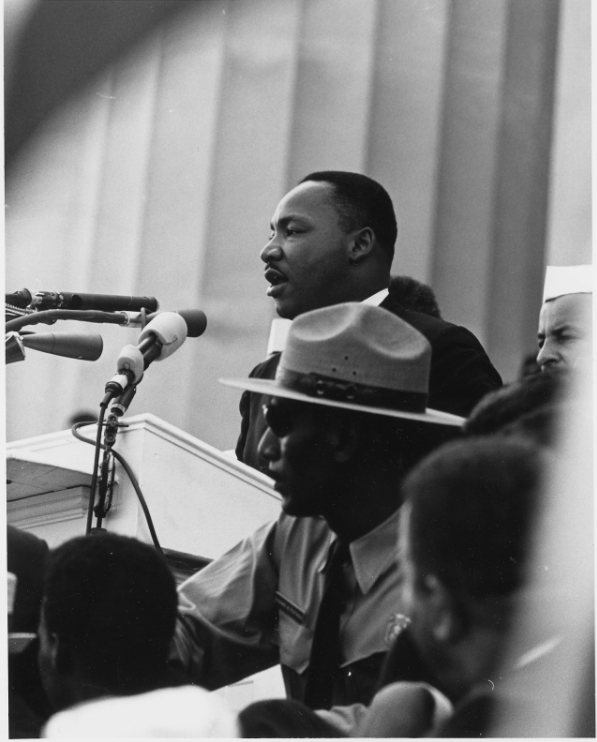
Objectives Discuss the background history of DC’s Chinatown and how the Chinese came to be established in a distinct area of Washington. Describe the political and social climate in Washington, DC, and the rest of the nation in April 1968 regarding the Civil Rights Movement and the Vietnam War. Explain the challenges facing the Civil […]
Tsuruja Miyazaki: A Virginia Story of Japanese American Incarceration
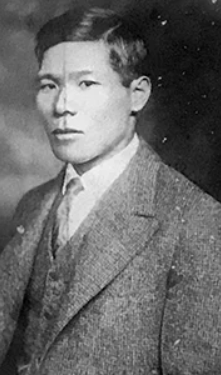
Objectives: Expand understanding of Japanese American incarceration during World War II using an example from Virginia’s past: that the story of incarceration was not limited to the west coast but had implications around the country. Introduce more complex elements of a story that personalize the experience of Japanese Americans and others that World War II […]
Righting Wrongs: Congress “Expresses Regret” in 2011 and 2012 for the Chinese Exclusion Act of 1882
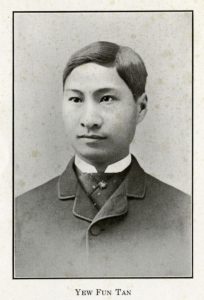
OBJECTIVES: Students will explore the idea that throughout our history we have promoted and implemented legislation that runs directly counter to principles in the Declaration of Independence and the Constitution. Students will see that the Chinese Exclusion Acts represented, collectively, rights denied to Chinese and other Asians over 60 years, and not just an immigration […]
Tyrus Wong: More than Bambi
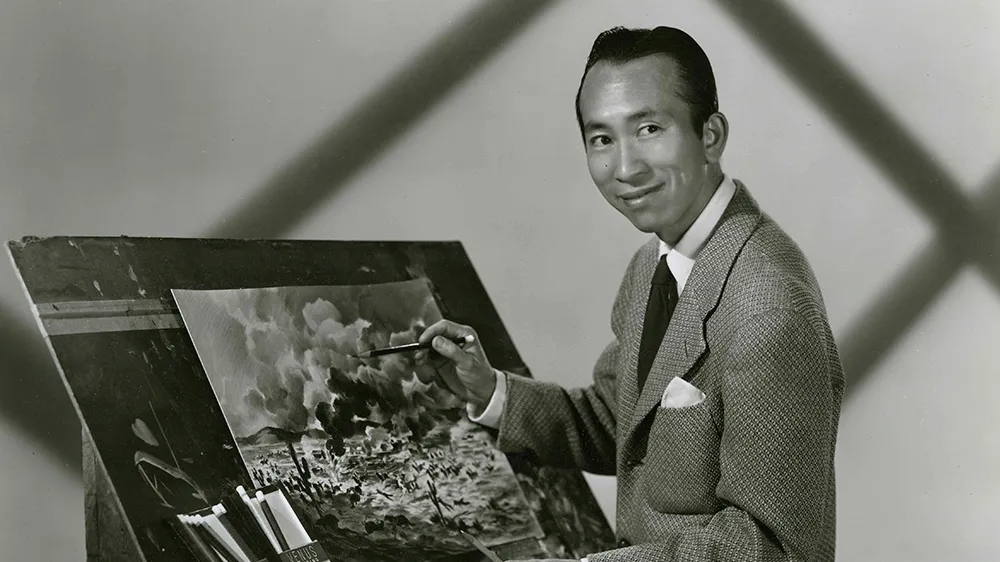
OBJECTIVES Name the main artist/creator of the illustrations used in Walt Disney’s animated film, Bambi. Explain how discrimination played a role in the lack of acknowledgement of Tyrus Wong’s contributions to Bambi. Describe how he achieved recognition for his art well beyond that as an illustrator during his long and distinguished career.
Patterns of Assimilation: How Does One Become “American”? (With difficulty!”)
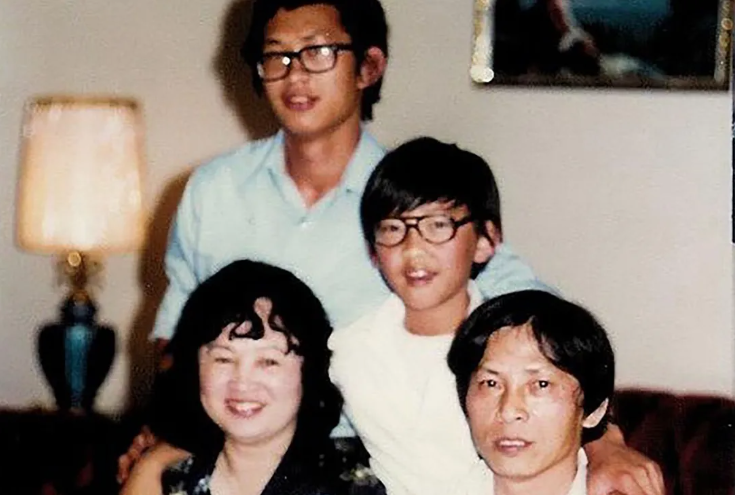
OBJECTIVES: Identify people and events associated with the concept of “assimilation” and what that term meant at the time. Analyze the historical and sociological circumstances of the times to explain reactions to different peoples coming into the U.S. Consider the relevance of assimilation today.
Manila Men: First Arrival of Asians in America (1763)

OBJECTIVES: Explain what the Manila Galleon trade was that existed between the Mexican town of Acapulco and Manila, the capital of Philippines Connect the trade to the first settlement by Asians in the swamps of Louisiana, specifically Saint Malo Explore how the rule of the Spanish Empire in the New World is linked to the […]
Impact of the 1965 Immigration and Nationalization Act (Hart-Celler Act)
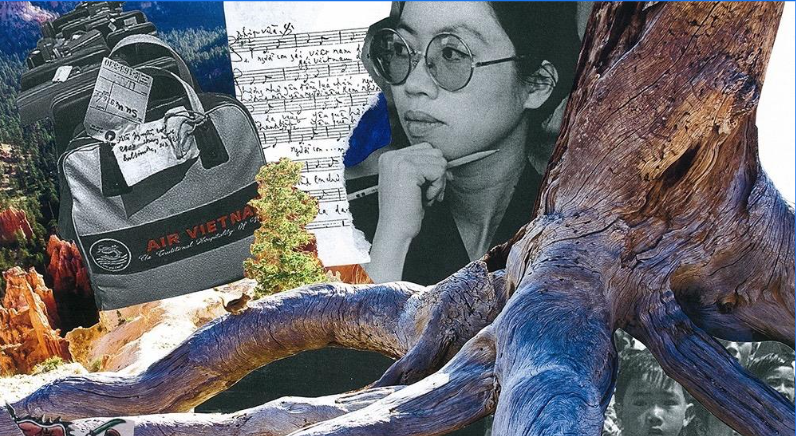
OBJECTIVES: To explain with specific example show someone from an immigrant background might see experiences very differently from others who have been in the U.S. for a long time. To understand how one’s identity is shaped by one’s family, community, and personal experiences,
